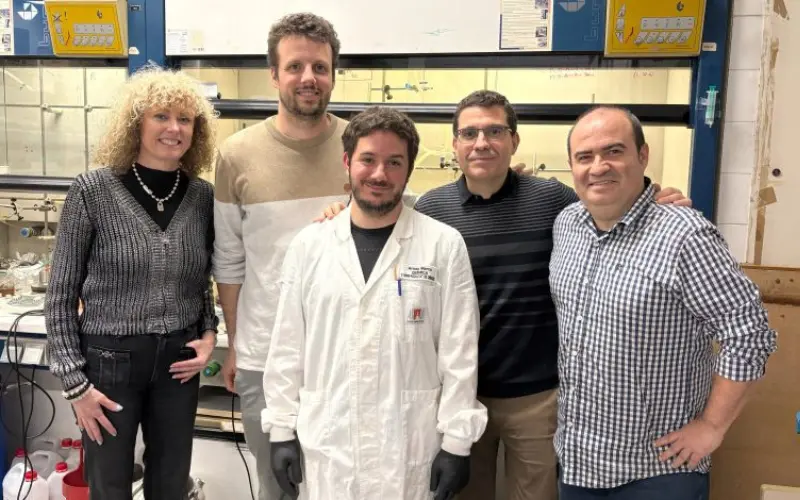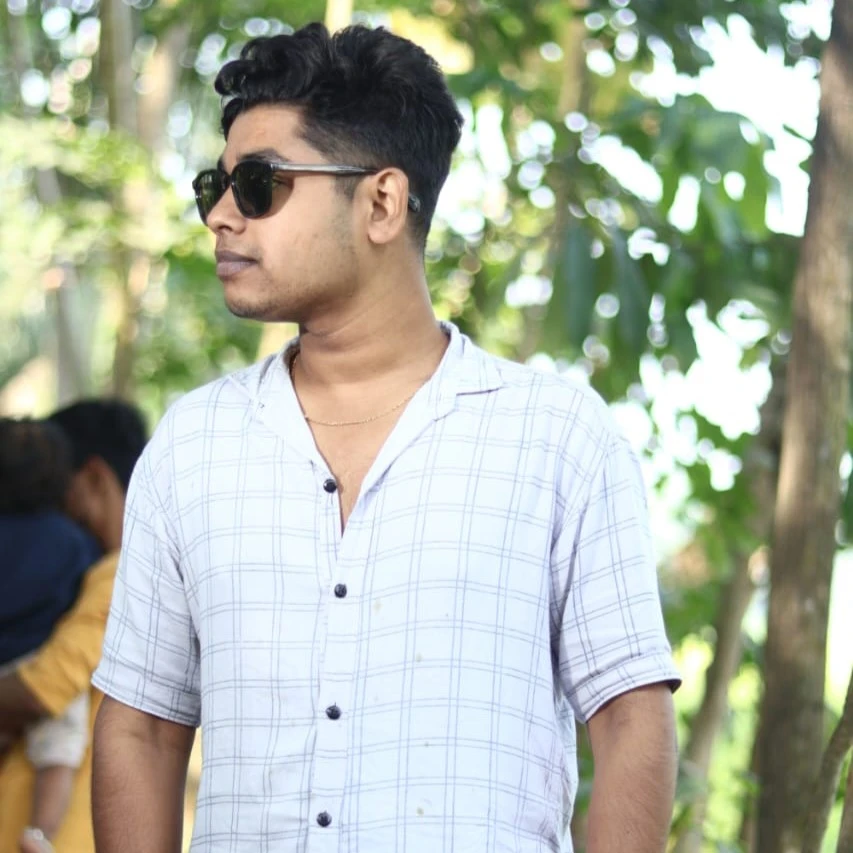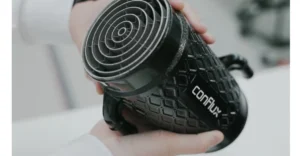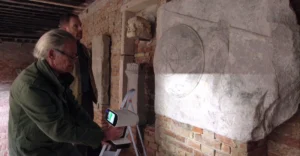UAB scientists unveil a dual-light 3D printing technique enabling sub-micron precision, reducing waste, and accelerating production.
Autonomous University of Barcelona (UAB) scientists have introduced a new 3D printing technique, capable of sub-micron precision, that overcomes long-time limitations associated with the additive manufacturing. Using an innovative dual-light system to precisely control the polymerization process, it can enable exceptional accuracy in targeting, positioning, and dimensioning polymer molecules to create structures that were previously impossible to achieve, opening up breakthrough possibilities in microelectronics, medical devices, and photonics.
conventional 3D printing methods use a single light source to cure the material, which can cause blurred edges and limit the resolution due to light diffraction and reactive agent diffusion. UAB’s innovative method uses two counter-directed light sources ultraviolet (UV) and red to exactly instruct where materials should solidify. The UV light triggers polymerization, and the red light interrupts it so that the curing only occurs in the desired regions. This “light antagonism” also removes unwanted dispersal, yielding resolutions less than one micron.
The advance originates from a collaboration between chemist Jordi Hernando at UAB and Prof. Christopher Barner-Kowollik’s group, Queensland University of Technology. Their studies focus on a light-sensitive photochemical reaction called oxo-Diels–Alder cycloaddition, which can be implemented via the use of tunable prepolymers and curing agents engineered to respond to specific light wavelengths. This is different from traditional systems, because this one hardens only the required areas so that excess power is not consumed and material waste is prevented.
Read more : xTool and Snapmaker Collaboration To Make a Toolchanger 3D Printer
In tests held in the lab, this team created complex polymer structures with precise geometries, an advance not possible using existing technologies. “We are now pushing toward sub-micrometer precision,” Hernando said, referring to the development as “a major leap forward” in 3D printing.
The technique also addresses speed and accuracy challenges plaguing current systems. By accelerating curing times and eliminating blurred print lines, it enables ultra-fast prototyping and higher-quality outputs. Industries such as microelectronics could leverage this precision to craft miniaturized components, while medical fields might benefit from tailored implants or microscale devices.
The UAB-led innovation, with its dual-light system, not only increases resolution, but also is resource conservative — an essential property for sustainable manufacturing. Researchers argue the technology will be used often in factories where speed and materials are sacred. As both classic and 3D printing techniques in additive manufacturing continue to progress, this development places light-controlled polymerization at the foundation of next-generation 3D printing.































